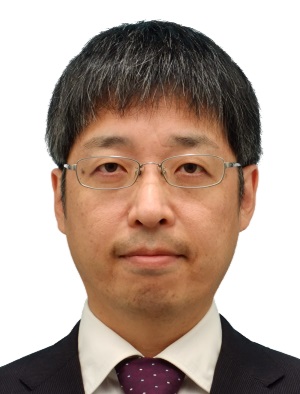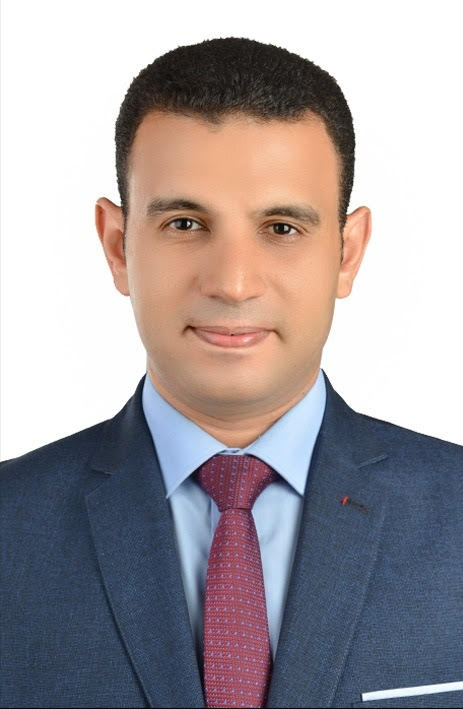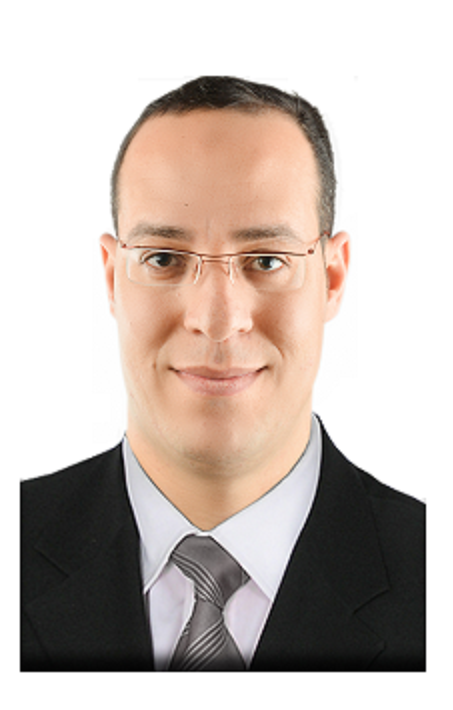Next Generation Wireless Networks in Smart Cities Workshop

Prof.Fumiyuki Adachi Tohoku University, Japan
Title: Joint Transmit-Receive Diversity to Make Wireless Communications Reliable
Abstract: In wireless communications, multipath fading is always present and degrades the transmission quality significantly. Spatial diversity is a powerful means to improve the transmission quality. In this talk, a joint transmit-receive diversity (JTRD) which optimally or sub-optimally utilizes multiple transmit and receive antennas is presented. Optimal JTRD can be obtained as a recursive solution of sub-optimal JTRD. We will discuss about JTRD from various perspectives including fading correlation, beamforming, and user- or base station (BS)-driven JTRD. In user-driven optimal/sub-optimal JTRD, any user can be regarded as a virtul single-antenna user. We will also present user-driven optimal/sub-optimal multiuser JTRD.
Biography: Fumiyuki Adachi joined NTT in 1973 and conducted various types of research of digital cellular mobile communications. From 1992 to 1999, he was with NTT DoCoMo, Inc., where he led a research group on Wideband CDMA for 3G systems. Since January 2000, he has been with Tohoku University, Sendai, Japan. Currently, he is a Professor Emeritus of Tohoku University and is leading a resilient wireless communication research group aiming at Beyond 5G systems as a Specially Appointed Research Fellow at International Research Institute of Disaster Science. His research interests are in the area of wireless signal processing and networking. He is an IEEE Life Fellow and an IEICE Life Fellow. He is a recipient of the IEEE Vehicular Technology Society Avant Garde Award 2000, IEICE Achievement Award 2002, Thomson Scientific Research Front Award 2004, Prime Minister Invention Award 2010, IEEE VTS Stuart Meyer Memorial Award 2017, IEEE ComSoc RCC Technical Recognition Award 2017, etc.

Prof.Osamu Muta Kyushu University , Japan
Title: Experimental Analysis of CSI-based Indoor Localization Toward Joint Communications and Sensing
Abstract: Wireless sensing technologies integrated with wireless communications are key technologies for the development of 6G systems. Specifically, future wireless networks are expected to provide not only data transmission services but also additional functions to support new application services such as object detection or localization by radio signals. The basic principle of object detection using radio signals is to capture the target object’s behavior by monitoring the fluctuations that it causes in the wireless channel. In this talk, two different indoor localization approaches that utilize radio signals are presented. Firstly, we introduce a real-time device-free indoor machine learning-based localization scheme utilizing feedback beam-forming weights for IEEE802.11-based wireless local area networks (WLANs). Furthermore, we propose a non-line-of-sight three-dimensional positioning scheme using unlicensed-band low-power wide-area networks (LPWANs) for operation in buildings under construction. Experimental results prove the effectiveness of the proposed localization schemes.
Biography: Osamu Muta joined the Graduate School of Information Science and Electrical Engineering, Kyushu University as an assistant professor in 2001. Since 2010, he has been an associate professor at the Center for Japan-Egypt Cooperation in Science and Technology, Kyushu University. His current research interests include signal processing techniques for wireless communications and powerline communications, MIMO techniques, interference coordination techniques, and nonlinear distortion compensation techniques for high-power amplifiers. He is a senior member of the Institute of Electronics, Information, and Communication Engineering (IEICE) and a member of IEEE. He is a recipient of the 2005 active research award in IEICE technical committee of radio communication systems, Chairperson's award for excellent paper in IEICE technical committee of communication systems (2014, 2015, 2017), the 2020 IEICE Communication Society Best Paper Award, respectively.

Osama Elnahas Helaly Assistant Professor, Assiut University, Egypt Head of Information Technology department, Borg El-Arab Technological University
Title: Millimeter-Wave Massive MIMO for Next Generation Cellular Networks: Challenges and Design Solutions
Abstract: As a promising emerging technology, millimeter-wave (mmWave) technology, operating between 30GHz and 300GHz offers orders-of-magnitude larger bandwidth than current systems and efficient spectrum usage to meet the ever-increasing demand for high data rates. Massive MIMO technology can benefit from the very short wavelength of mmWave frequencies, allowing for significant reductions in antenna array size. MmWave massive MIMO integration offers both the opportunity of huge available mmWave bandwidth and the large antenna gains offered by massive MIMO antenna arrays. Although the potential of mmWave Massive MIMO is attractive, the challenges that evolve span the broad fields of communication engineering and related disciplines. This talk will cover the key challenges and possible design solutions of mm- Wave massive MIMO systems. Besides, extensive research findings, proposed solutions, and their comparative analyses are addressed.
Biography:Osama Elnahas Helaly (Member, IEEE) received the B.Sc. degree (Hons.) in Electronics and Communication Engineering from Assiut University, Egypt, and the Ph.D. degree in Electronics and Communication Engineering from the Egypt-Japan University of Science and Technology, Egypt, in 2018. He was a Visiting Researcher with Kyushu University, Japan, for one year, in March 2017. He has been a Postdoctoral Research Fellow with the College of Electronics and Information Engineering, Shenzhen University, China since January 2019. He served as a faculty member with the Electrical Engineering Department, Faculty of Engineering, Assiut University in 2009 where he is now assistant Professor of Electronics and Communication Engineering. He is the Head of Information Technology Department, Borg El-Arab Technological University. His research interests include array signal processing, clock synchronization, indoor localization, cognitive radio, spectrum sensing, game theory, and data-driven signal processing in wireless communications.

Anwer Sayed Abd El-Hameed Electronics Research Institute, Egypt
Title: mm-wave antennas and components: Facts and fictions you should definetly know
Abstract: Millimeter-wave (mm-wave) technology is playing a central role in next generation of radar and wireless communications. The technology involved offers a low-cost, mass-producible solution targeting 5G and beyond 5G applications. This presentation will focus on recent developments in designing on chip/off chip mm-wave antennas and other passive RF components. Focused applications will include the design of antennas for wireless communication applications, biomedical applications, and ground base synthitic aperture radars (GB-SAR). The practical, innovative, and inspiring perspectives on the major challenges for millimeter-Wave (mm-Wave) passive components will be discussed.
Biography:Anwer S. Abd El-Hameed (Member, IEEE) received the B.Sc. degree in electronics and communication engineering from Al-Azhar University, Egypt, in 2009, the M.Sc. degree in electronics and communication engineering from Cairo University, Egypt, in 2014, and the Ph.D. degree from the Egypt-Japan University of Science and Technology, Egypt, in May 2018. He joined Kyushu University, Fukuoka, Japan, as a Special Research Student, as a part of his Ph.D. program, in June 2017. He has been a Postdoctoral Research Fellow with the Center for Northeast Asian Studies, Tohoku University, Sendai, Japan, since January 2019. He has been an Assistant Professor at Tohoku University, since January 2021, He is working with the Microstrip Circuits Department, Electronics Research Institute, Cairo, Egypt, since 2010. His research interests include planar antennas, on-chip antennas, mm-wave circuits, WPT, metamaterials, microwave imaging, archeological survey based on electromagnetic waves, and developing radar systems for cultural heritage preservation and ground surface disaster prevention. He is a Guest Editor of the Special Issue of Microwave Subsystems and Wireless Propagation in the journal of Electronics (MDPI).
